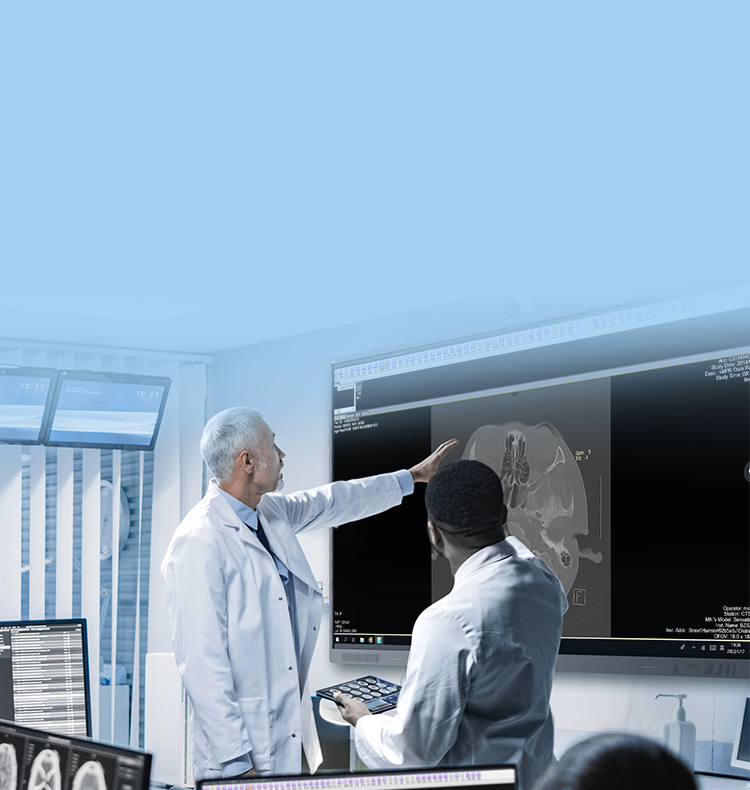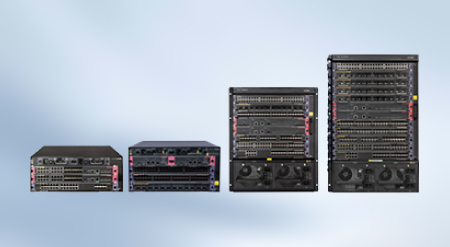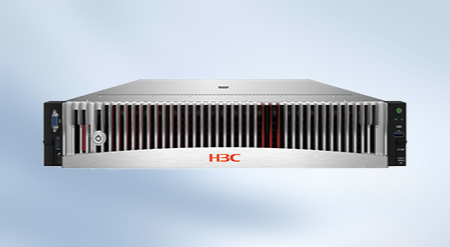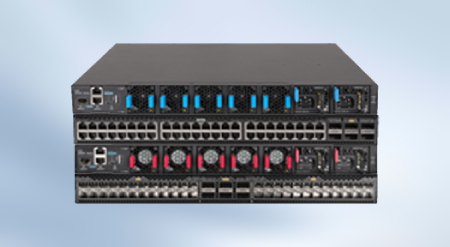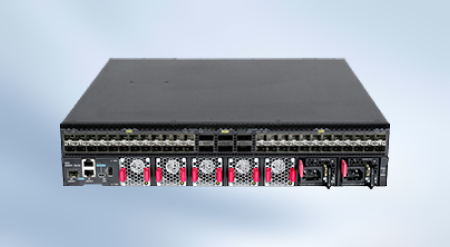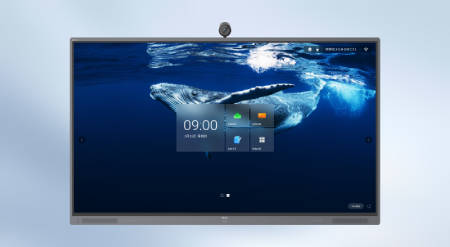Enhancing Clinical Decision-Making
Medical imaging is pivotal for disease diagnosis, influencing clinical decisions and patient outcomes significantly. As the primary contributor of medical data, imaging generates immense volumes of information, comprising over 90% of all healthcare data. Efficiently managing, sharing, and utilizing this data is crucial for the enhancement of diagnostic accuracy, the acceleration of research, and the improvement of healthcare practices. Our solutions are designed to empower healthcare providers with advanced data management capabilities, ensuring they can harness the full potential of medical imaging to transform patient care
Your challenge to solve is our collective mission
A glance at how we build the digital experience that motivates and inspires
- Medical Imaging
- Digital Pathology
- Intelligent Collaboration
The development of high-speed all-optical networks, massive distributed storage, high-performance computing power, and ultra-high-resolution interactive smart screens has subverted traditional image reading. Image presentation is faster and sharing is more convenient. The application of AI technology, make diagnosis more accurate.
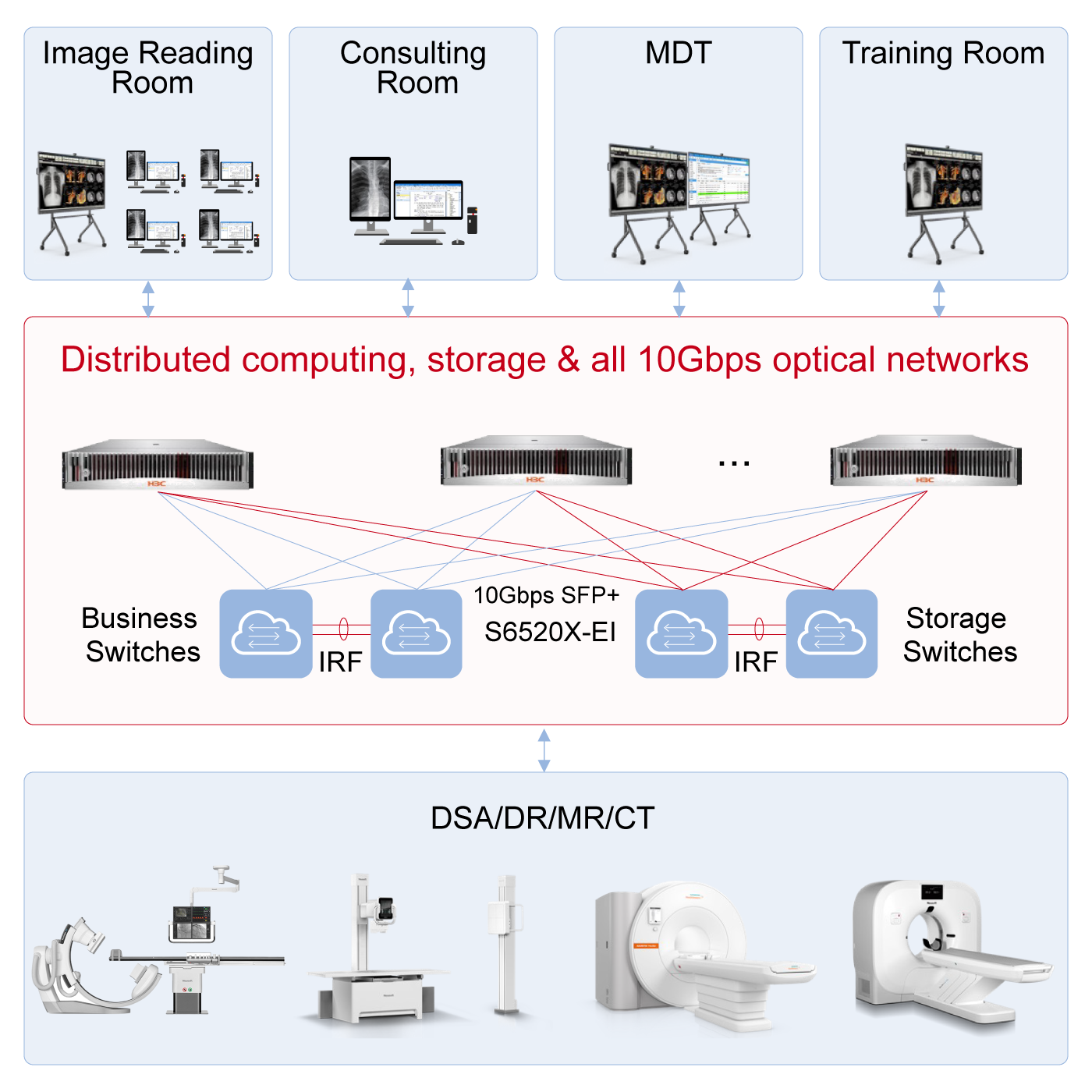
Scanning, digitization, storage, AI analysis, and advances in information technology in the medical field have accelerated the digitization of the entire pathological diagnosis process in hospitals, greatly improved the efficiency and accuracy of pathological readings, and also provided massive data support for clinical scientific research.
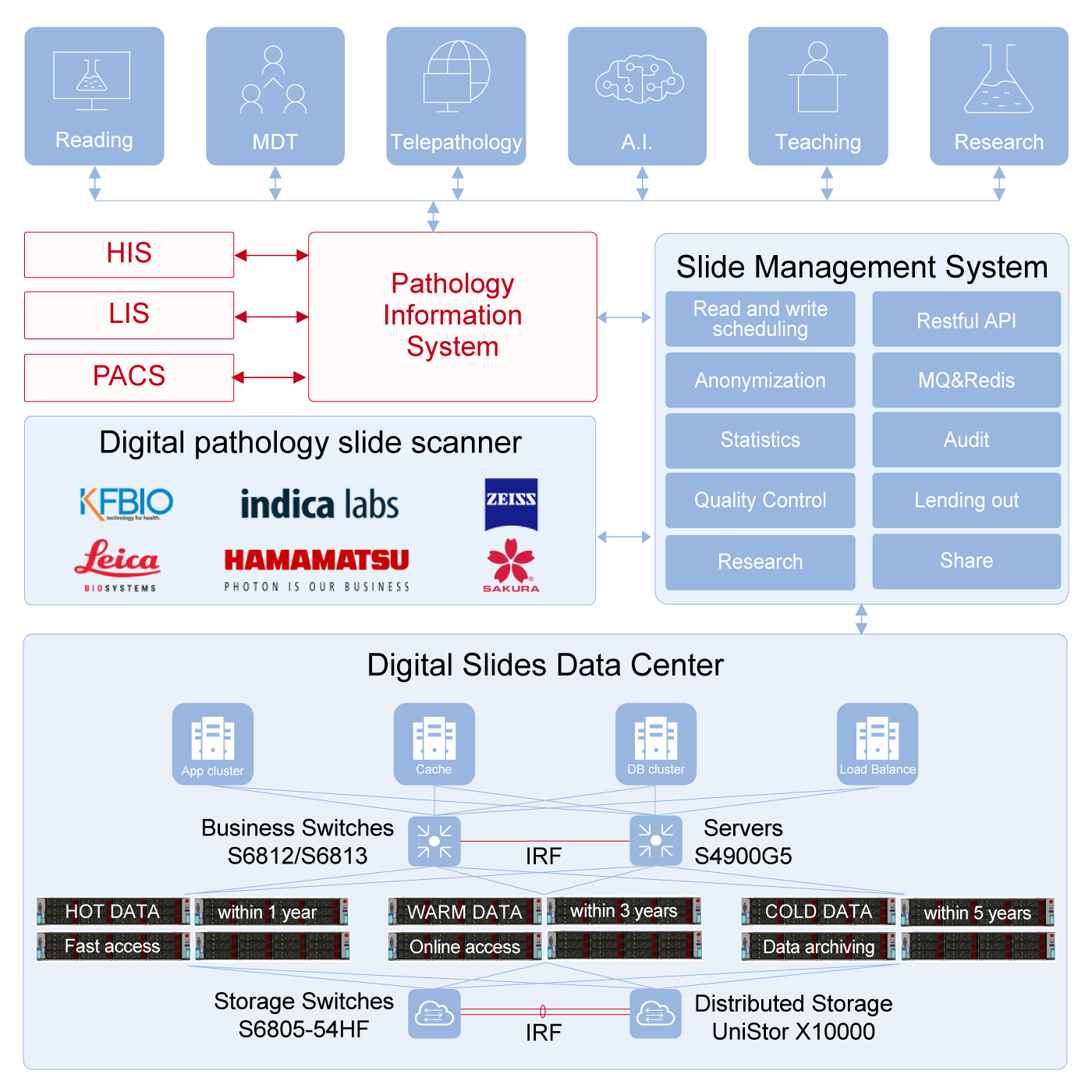
The ultra-high-resolution smart screen integrates various ecological applications in the industry, empowers the digital transformation and upgrading of tele-health with cutting-edge technology, and opens up innovative possibilities for image reading, pathological diagnosis, MDT and other scenarios.
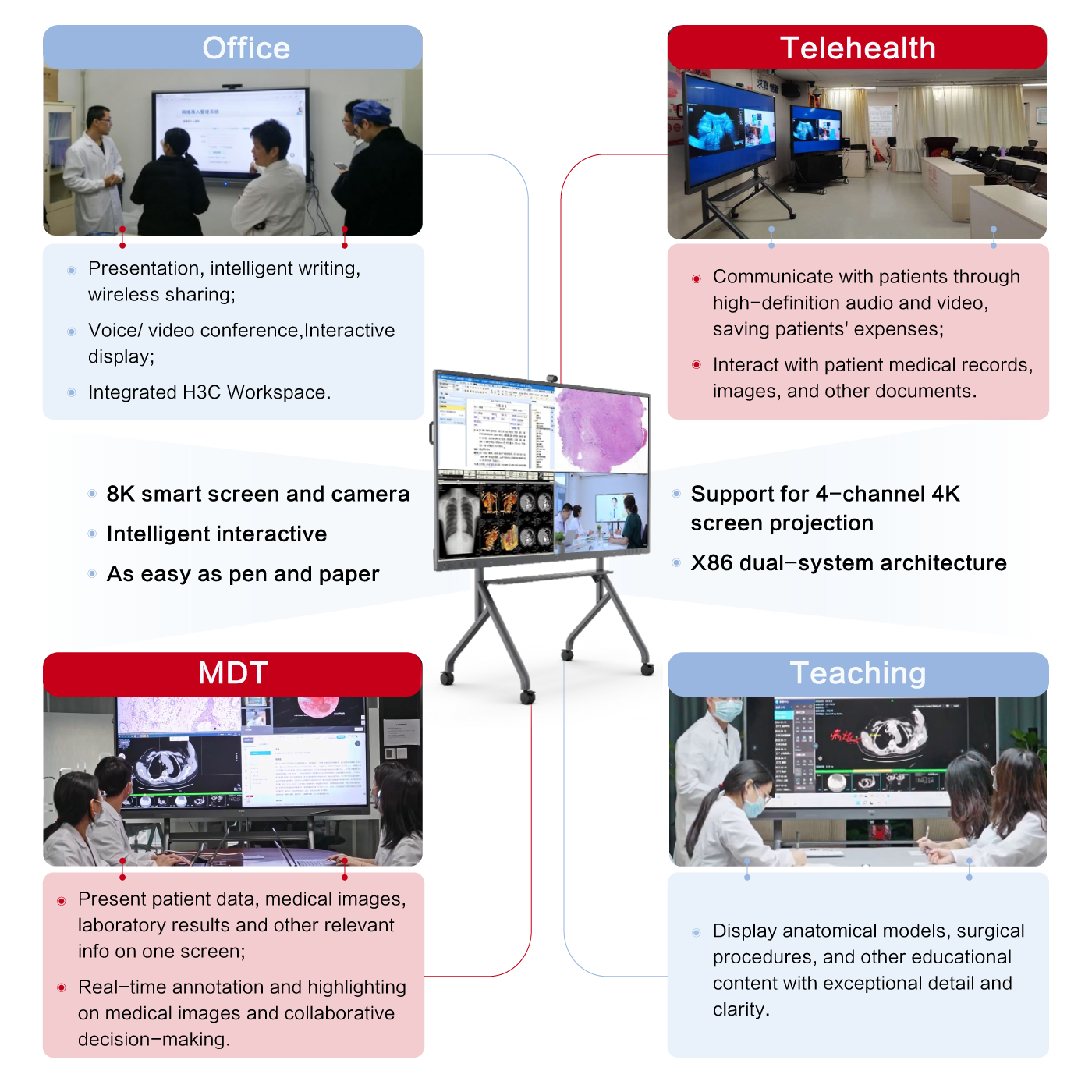
Features
Your trusted advisor for digital transformation
Diagnostic Precision
Store and display high-resolution images that can be magnified for a more accurate diagnosis and treatment plan.
Speedy Access
With a 10G LAN, medical images are retrieved instantly, enabling swift diagnosis and treatment decisions, accessible anytime, anywhere.
Collaborative Practice
Our solutions enhance MDTs, telemedicine, and educational initiatives by fostering effective communication and collaborative environments.
Cost Efficiency
Our digital approach eliminates traditional imaging costs, reducing the expenditure on films, chemicals, and physical storage.
Data Longevity
Securely archive and retrieve digital images, ensuring patient records remain accessible for up to 30 years, supporting reference and research.
AI Diagnosis Support
AI accelerates report generation, lesion segmentation, and visualization, enhancing diagnostic accuracy and streamlining workflows.

